3 minute read
“Stress is not bad for you; being stuck is bad for you.” Emily Nagoski
Log into LinkedIn, or review any business journal, and the chatter is centred on ‘building resilience’, what the ‘new workplace’ will look like and the ‘mass exodus’ anticipated as people consider alternative employment that reflects their yearning for meaningful, balanced or life-affirming roles.
As a change leader, these are the deeper explorations we are undertaking as a team when we examine who we want to be in the ambiguous ‘new normal’. Recognizing the impact of this global ordeal, our first step was to acknowledge that the pandemic affected individuals differently. For some, the trauma has been profound – including the death of loved ones, the loss of treasured milestones and memories with family, economic hardship, broken relationships, mental or physical health decline, and much more. For others, the impact has been less severe- with new opportunities for family connection, moments of reflection and space for introspection.
As a dear colleague and self-professed introvert shared, “We are all in the same storm, just not in the same boat.” She went on to describe how her pandemic experience could be likened to a luxury sailboat – a relatively comfortable journey bobbing and cresting with the waves. For others, it was akin to clutching a life raft: a discomfiting and bruising ordeal.
The journey to exploring wellness begins when we normalize our experiences in this extraordinary time.
One way to look at this is through the lens of the transition model in time. Developed by William Bridges in his book Managing Transitions, this speaks to the reality that change occurs incrementally and that we all arrive through the transition process at different paces and places in time.
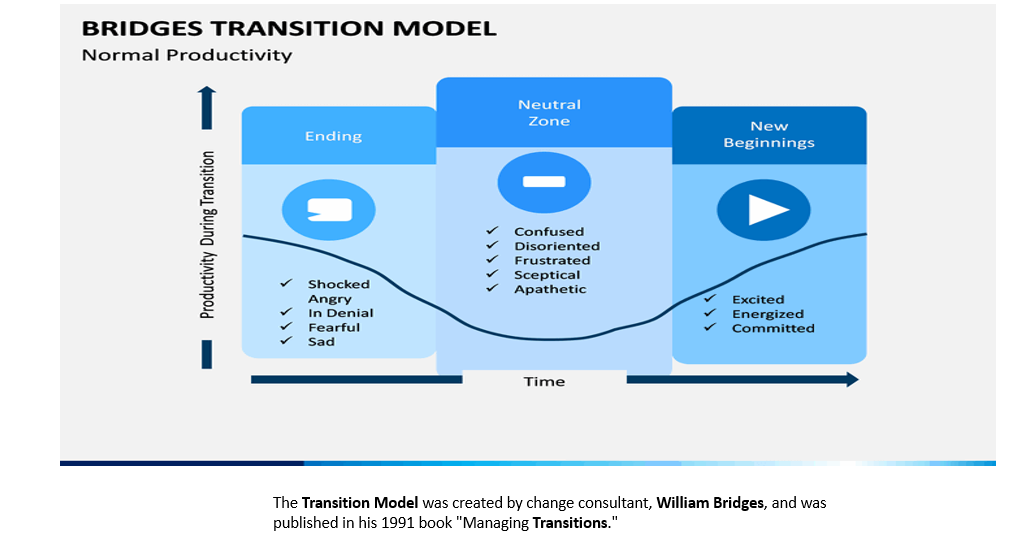
Recall the initial period where life, as we knew it, dramatically shifted – bringing with it fear, anger and grief. As events wore on, the exhaustion, disorientation, disillusionment and apathy became the hallmarks of our experience.
Think about how people responded at the start of the pandemic: the variation in mask uptake, the time it took to adapt to remote learning or working, the aversion to physical distancing, the run on treasured supplies. Not everyone arrived at the same place at the same time. The same can be said for how individuals will move through this collective experience back into whatever is considered a return to normal.
Given the analogy of the same storm, different boat, it is worth acknowledging the differences of the impacts within your own life, within your family, and within your community. In the collective processing of thoughts and emotions, we build greater empathy and understanding that supports our fellowship in moving forward.
So now what? Take a moment to reflect, “Where am I in the transition model and how do I show up in this?” Once you identify where you are, consider what you might need at this point in time to move through. Normalizing your experiences can be the first step towards processing them without judgement.
Given as individuals we have the power to decide how we show up when experiencing transitions, can you celebrate where you are at now, regardless of the outcome? What have you learned? What has been challenging for you lately? What is one action you can take to attend to something that has challenged you?
There is a wonderful poster at my office that prompts me to check in with myself daily to support me in my transition from work to home: (Inspired by the National Health Service)
- Acknowledge one thing that was difficult today
- Consider three things that went well today
- Be proud of the way you gave today
- Check in with a colleague before you leave – how are they doing?
- I will now switch my attention to home – to rest and recharge
Do any of these resonate for you?
In Burnout: The Secret to Unlocking the Stress Cycle, Emily Nagoski writes: “Wellness is not to live in a state of perpetual safety and calm, but to move fluidly from a state of adversity, risk, adventure, or excitement, back to safety and calm, and out again. Stress is not bad for you; being stuck is bad for you.”
When you think about where you are at in the transition model, consider what strategy(ies) you might commit to implementing to maintain your wellness when re-adapting from the pandemic.
Imagine a kaleidoscope. With every shift, new patterns emerge with endless possibilities. What is one shift that you will make today to support you in this transition?
Join me on this journey @makeoneshift.

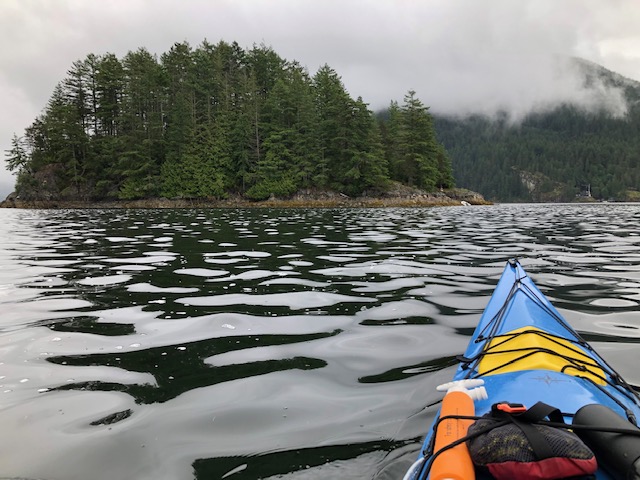
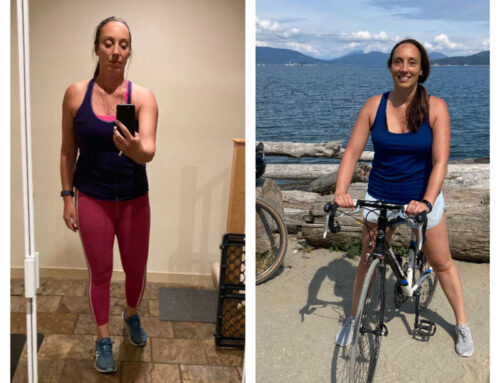
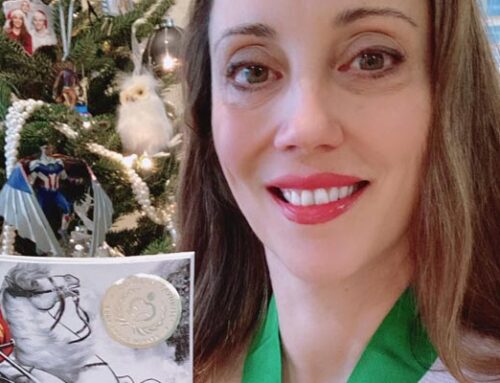
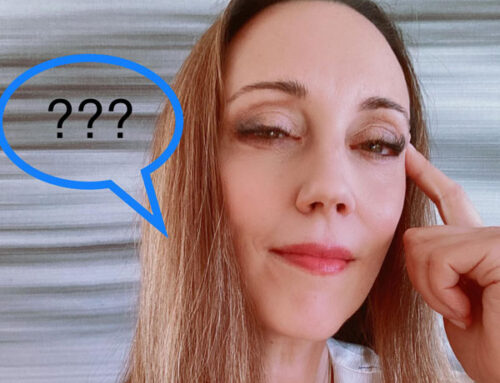
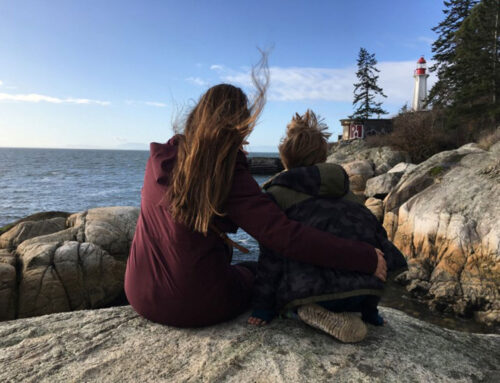
Hi Lisa
I really enjoyed your post and am again inspired to do a daily check in with myself as you’ve suggested. For me, the boat analogy was like being the caption of the Titanic. It’s been almost 6 months and time has helped but I honestly can’t pinpoint where I am on the transition model. I have created some new beginnings and look toward the future with hope. I can also be reminded of something and bounce right back to shocked and angry. I fear apathy and when that creeps up I acknowledge the feeling and take action to make sure that feeling doesn’t stay for too long.
In response to my experience I’ve taken a different direction in my career by going back to school. And I’ve committed to only work part time so I can continue on my healing journey. I am on a committee that is going to advise how to support healthcare workers with mental health issues as a result of the pandemic.
That’s my share. Keep up the great work you are doing. Your energy inspires me.
I’m so inspired by your journey. I can see you are attending to burnout by doing what you love and what gives you energy. My next blog will focus on burnout. Thank you for advising healthcare workers with mental health issues resulting from the pandemic. I’d love to hear more, as I fall into this group.
Love this! The Nagoski quote is so important – it acknowledges the reality that as humans we seek stress in the form of new experiences, new relationships, new challenges – being agile and fluid and ‘ok’ with the stress is the key.
So true Tracy! You model this so well in your leadership practice. Thank you for reading.